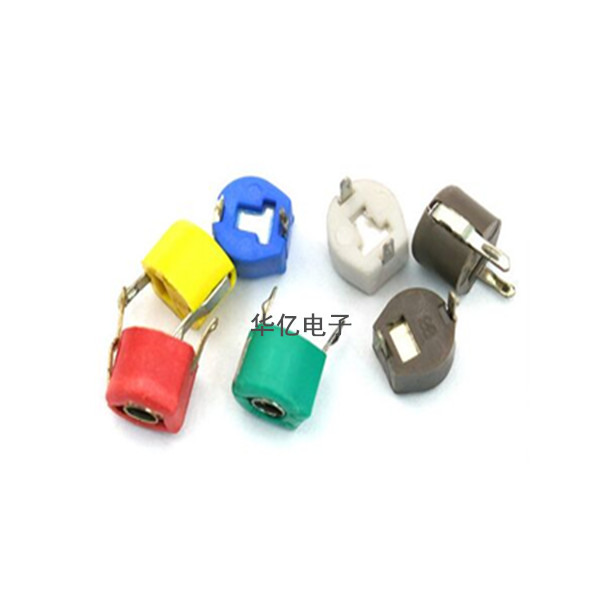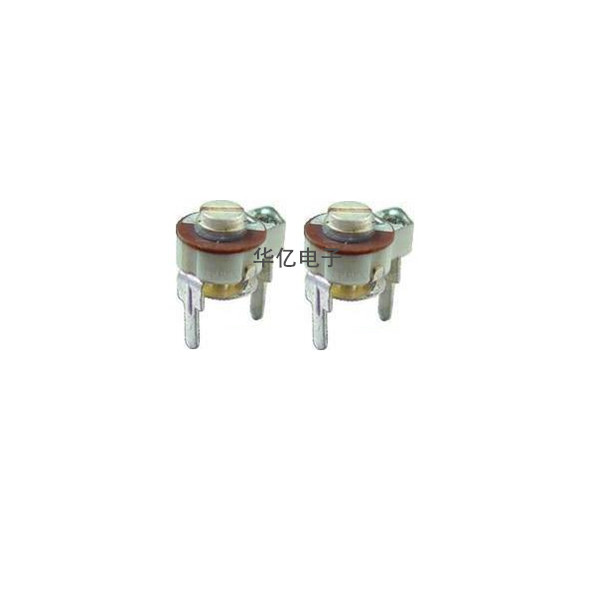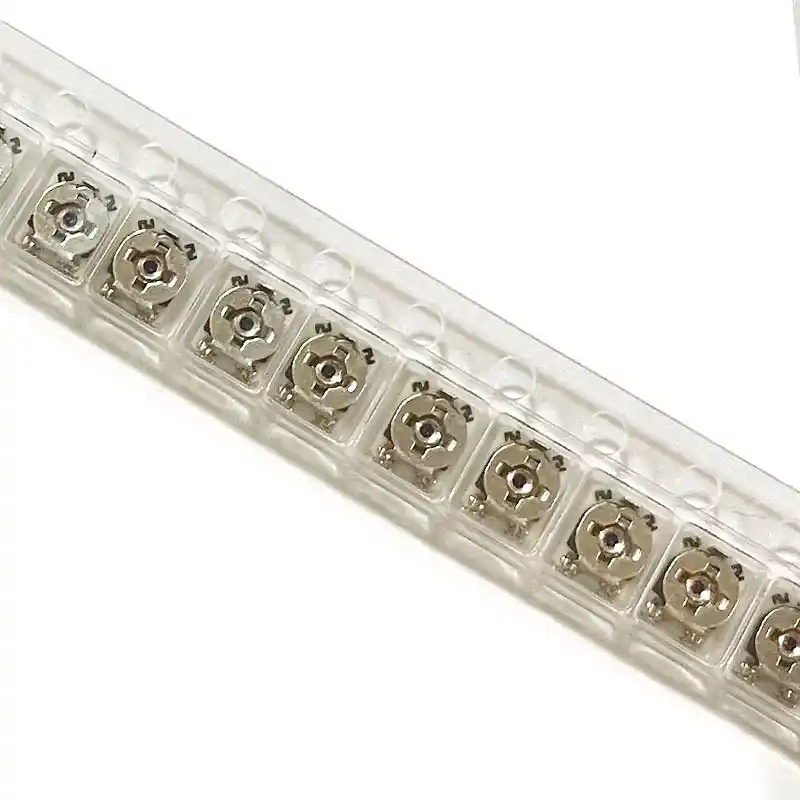The Circuit Function of Adjustable Resistors
(1) Vibration damping effect: In some amplifiers with high performance requirements, a coupling circuit is used in which a small resistor R1 is connected in series in the coupling circuit to prevent high-frequency oscillations that may occur in the circuit. This resistor is generally referred to as a vibration damping resistor in the circuit.
(2) Negative feedback function: Secondly, resistors can form various forms of negative feedback circuits. The resistor R1 in the circuit forms a feedback branch of a negative feedback circuit, which is generally referred to as a feedback resistor in the circuit.
(3) Decoupling effect: In multi-stage amplifier circuits, decoupling circuits such as R1 and C1 are required in the DC voltage supply circuit to generate voltage across the resistor, such as the collector load resistor R2, which serves this decoupling effect. At this point, converting the current flowing through resistor R2 into voltage and outputting it from UO can prevent harmful low-frequency interference between multi-stage amplifiers. This type of resistor is generally referred to as a decoupling resistor in the circuit.
(4) Diversion function: The diversion function of an adjustable resistor is generally achieved by connecting a resistor in parallel with a component when the current flowing through it is too large, which conforms to the current diversion formula: I=I1+I2, This type of resistor is generally referred to as a shunt resistor in circuits.
(5) Damping effect: Adding resistor R1 to the LC resonant circuit can reduce the Q value and provide damping effect. This type of resistor is generally referred to as a damping resistor in the circuit. The circuit in which resistors and capacitors are combined together is called an RC circuit. In the diagram, R1 and C1 form an RC series circuit, while R2 and C2 form an RC parallel circuit.
(6) Current limiting function: The conventional adjustable resistor R1 is used to limit the current in the circuit, preventing the resistor resistance from being adjusted to the minimum, so that the base voltage of the transistor VT1 is equal to the power supply voltage VCC. This will damage VT1 due to the large base current of VT1. This type of resistor is generally referred to as a protective resistor in the circuit.







